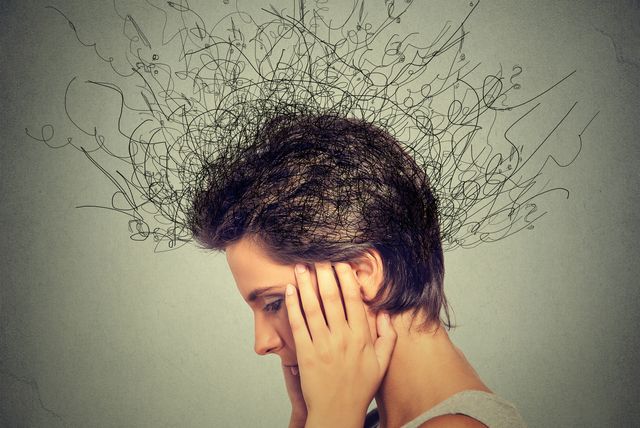Introduction
The Digital Dilemma Heading: The Digital Age:
A Double-Edged Sword In today’s fast-paced world, technology has become an integral part of our daily lives. From smartphones to social media platforms, we are constantly connected to a digital world that offers convenience, efficiency, and endless possibilities. However, amidst the convenience, there lies a lurking shadow – the rise of anxiety disorders.
Heading: The Anxious Generation:
Understanding the Epidemic Anxiety disorders have reached epidemic proportions globally, with millions of individuals grappling with its debilitating effects. What’s more alarming is the growing prevalence of anxiety among younger generations, often attributed to the pervasive use of technology. But what exactly is the connection between anxiety and technology use?
Heading: Unraveling the Digital Paradox:
Escapism vs. Exposure On one hand, technology serves as a means of escape from the stressors of reality. Whether it’s binge-watching TV shows, scrolling through social media feeds, or playing immersive video games, digital devices offer a temporary reprieve from anxiety-inducing situations. However, this escapism can quickly spiral into a cycle of avoidance, exacerbating anxiety in the long run.
Heading: The Social Media Syndrome:
Comparison and Validation Social media platforms, while designed to connect people, often foster feelings of inadequacy and anxiety. The culture of comparison fueled by curated lifestyles and highlight reels can leave individuals feeling inadequate and unworthy. The quest for likes, comments, and followers becomes a relentless pursuit of validation, leading to heightened anxiety and self-doubt.
Heading: FOMO and the Fear of Disconnection:
The fear of missing out (FOMO) has become a prevalent phenomenon in the digital age, driven by constant updates and notifications. The fear of being left out or disconnected from social circles compels individuals to stay glued to their devices, fearing they might miss something important. This perpetual state of alertness not only fuels anxiety but also disrupts sleep patterns and exacerbates stress levels.
Heading: The Dopamine Dilemma:
Addiction and Withdrawal The ubiquitous nature of smartphones and the internet has led to a rise in technology addiction, characterized by compulsive use and withdrawal symptoms. The instant gratification provided by likes, shares, and notifications triggers the release of dopamine, the brain’s “feel-good” chemical, reinforcing addictive behaviors. Withdrawal from technology can induce anxiety-like symptoms, further perpetuating the cycle of dependency.
Heading: Cyberbullying and Digital Harassment:
The anonymity afforded by the digital realm has given rise to cyberbullying and online harassment, especially among adolescents and young adults. The constant fear of being targeted or humiliated online can lead to heightened anxiety, depression, and even suicidal thoughts. The pervasive nature of digital communication makes it difficult to escape from the relentless barrage of negativity, amplifying feelings of helplessness and despair.
Heading: Tech Overload:
Information Overload and Cognitive Overwhelm In an era of information abundance, the incessant barrage of news, updates, and notifications can overwhelm the cognitive faculties, leading to heightened stress and anxiety. The constant need to stay updated and informed puts immense pressure on individuals, leaving little room for relaxation or mental respite. This information overload not only impairs decision-making and problem-solving but also fuels anxiety and burnout.
Heading: Finding Balance:
Navigating the Digital Landscape Mindfully While technology undoubtedly plays a significant role in exacerbating anxiety, it also holds the potential for positive change. By cultivating mindfulness and adopting healthy technology habits, individuals can mitigate the negative effects of excessive technology use. Setting boundaries, practicing digital detoxes, and engaging in offline activities can help restore balance and promote mental well-being.
Heading: Conclusion:
Redefining Our Relationship with Technology In conclusion, the connection between anxiety and technology use is multifaceted, encompassing various psychological, social, and cultural factors. While technology offers unparalleled convenience and connectivity, its misuse can have detrimental effects on mental health. By fostering awareness, promoting digital literacy, and practicing mindful tech usage, we can navigate the digital landscape more responsibly and reclaim control over our well-being. It’s time to unplug, reconnect with the world around us, and prioritize mental health in the digital age.

